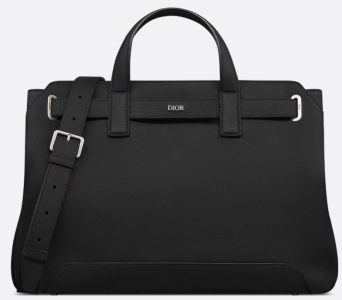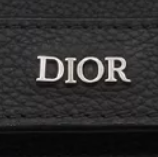PUCKNEWS
An Arnault Bros. Dilemma & The Kering Waiting Game
News and notes from the fashion front lines: the micro-scandal swirling around Loro Piana and the implications for the Arnault heirs in charge; the chatter inside Kering as the company prepares for incoming C.E.O. Luca de Meo’s debut in September; the early signs that Burberry C.E.O. Joshua Schulman’s turnaround strategy is working; and more.
All that LVMH and the Arnault Bros. can do is continue to plead ignorance, and fix the process internally so it doesn’t happen again. Photo: Ludovic Marin/AFP/Getty Images
July 21, 2025
Will Loro Piana Sales Be Hurt By the Sweatshop Accusations?
When news broke last week that LVMH’s Loro Piana was being investigated by the Italian courts for using a factory accused of unfair labor practices, I shrugged. After all, the Italian government has cracked down on factories in general over the past year, and Loro Piana is only the most recent example of a name brand getting looped in. (Previously, Armani, Dior, and Valentino were all exposed.)
Loro Piana made it clear, in what was otherwise a pretty unclear statement, that the parties involved were subcontractors, and that they
had no idea what was going on. It seems naive to believe that they weren’t aware, but these are subcontractors. And it’s also true that what constitutes “fair” and “unfair” labor practices in Italy has clearly changed in recent years—perhaps not in terms of the language of the law, but in how much the court cares. To me, this is yet another indication that these once local-yokel businesses, which are now global powerhouses,
need to re-adjust their operations to reflect the increased regulation.
The funny thing about Loro Piana, in particular, is that the company culture is really good, especially by LVMH standards—so good, in fact, that employees were very upset when C.E.O.
Damien Bertrand was called back to Paris to support
Pietro Beccari at Louis Vuitton. L.P. was sort of left alone for the past decade, but now the fine-adjustment knob on the microscope has been turned up, since it’s currently one of the only growth engines in the LVMH portfolio.
Anyway, it’s a particular trial for chairman
Antoine Arnault, who oversees image and communications for all of LVMH.
His little brother, Frédéric, became the C.E.O. of Loro Piana earlier this year, but has been roundly left out of the coverage of this mini-scandal for whatever reason. In the meantime,
all that LVMH and the Arnault Bros. can do is continue to plead ignorance, and fix the process internally so it doesn’t happen again. (You can’t really avoid working with subcontractors in fashion, even if you’re pretty much vertically integrated, so they’ll have to manage it even more closely for a while.)
As for whether this will impact sales in any way—a question that a few LVMH employees did ask me—the answer is no. We all know people don’t vote with their dollars, and we also know that the value of most products does not directly correlate with the cost of making those products.
In my mind, this is a good lesson more than anything else.




